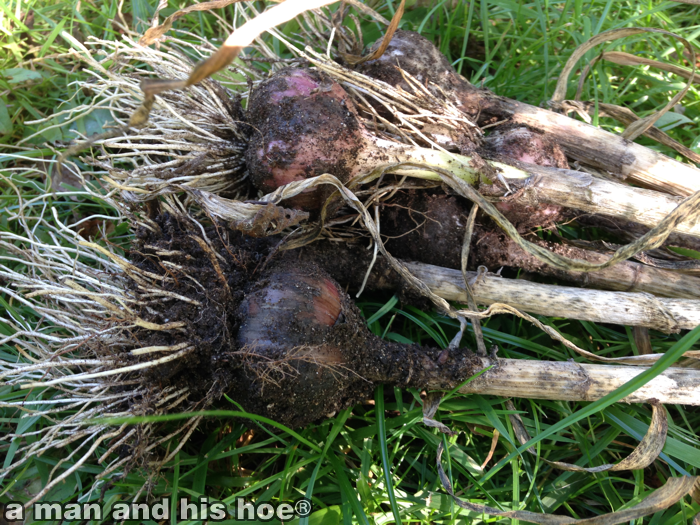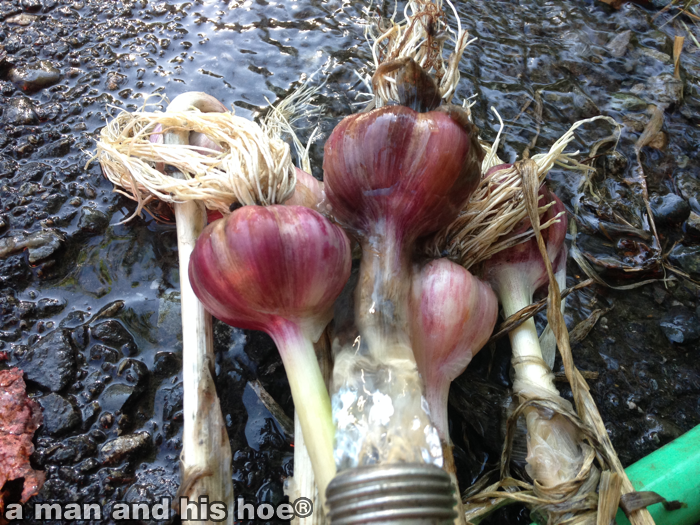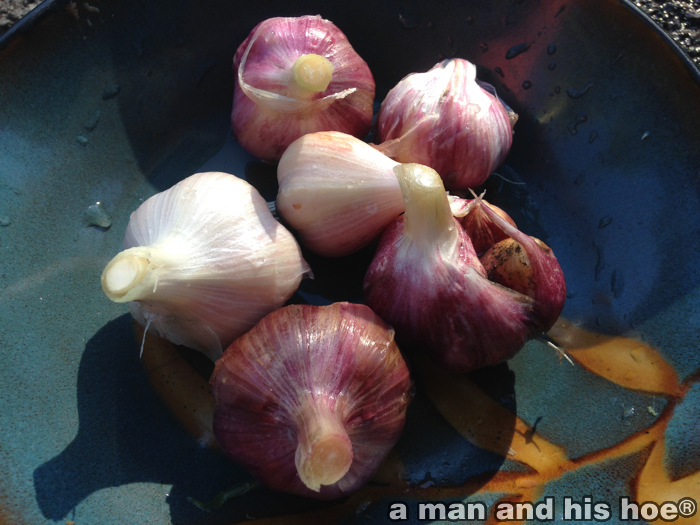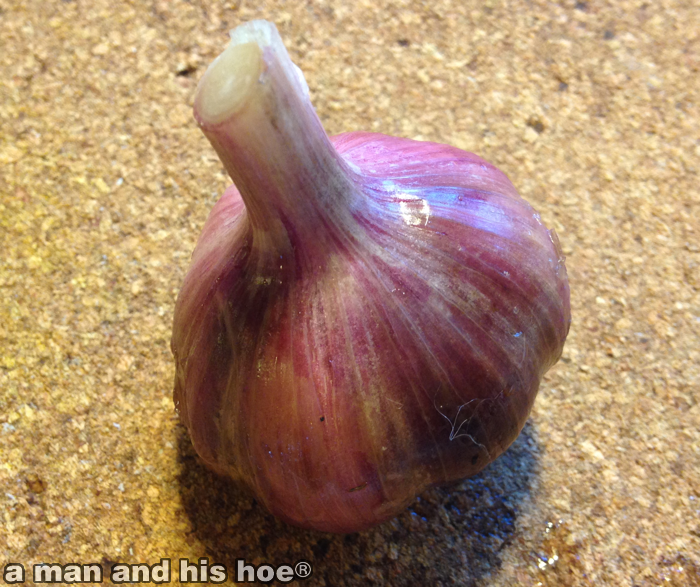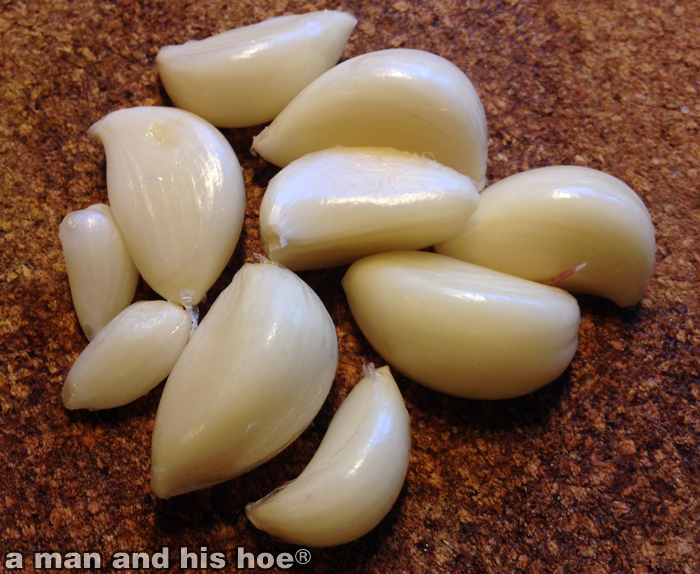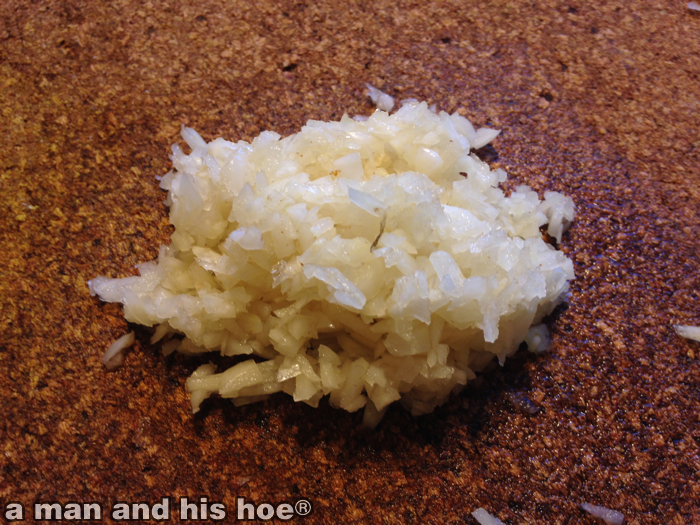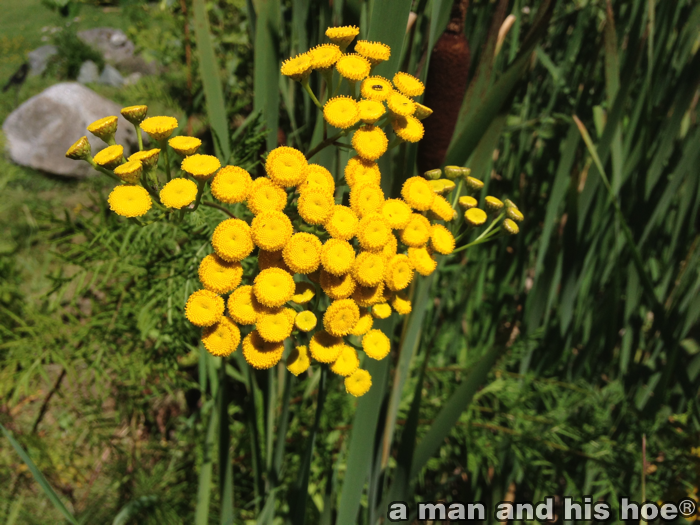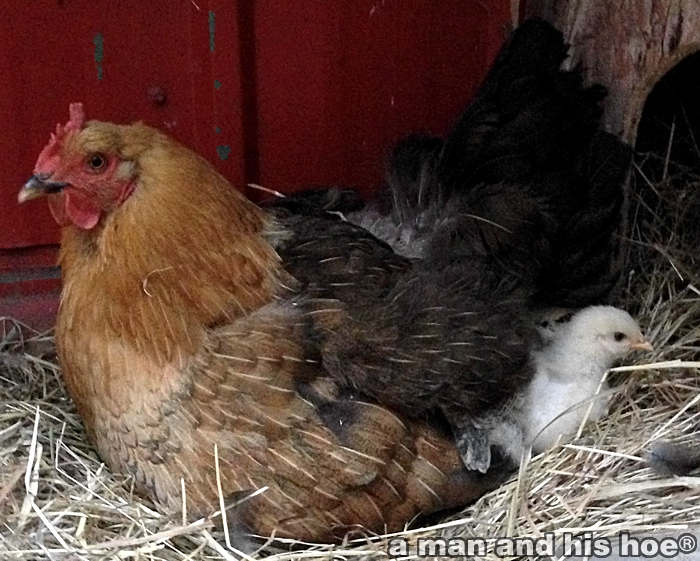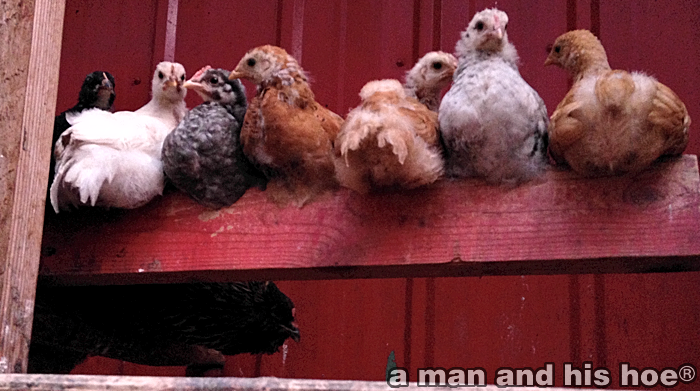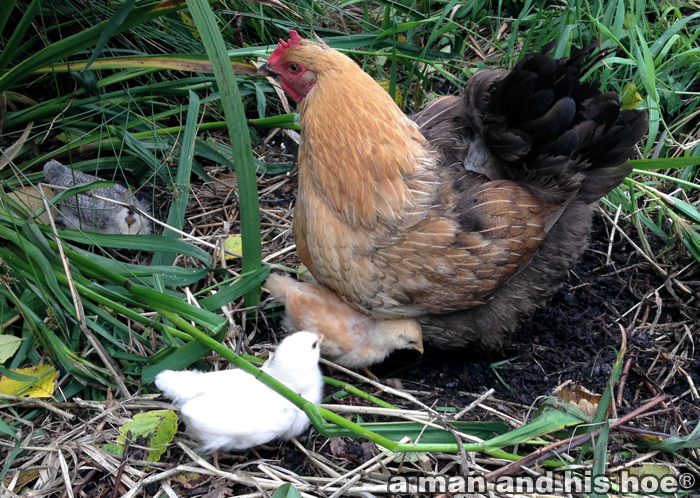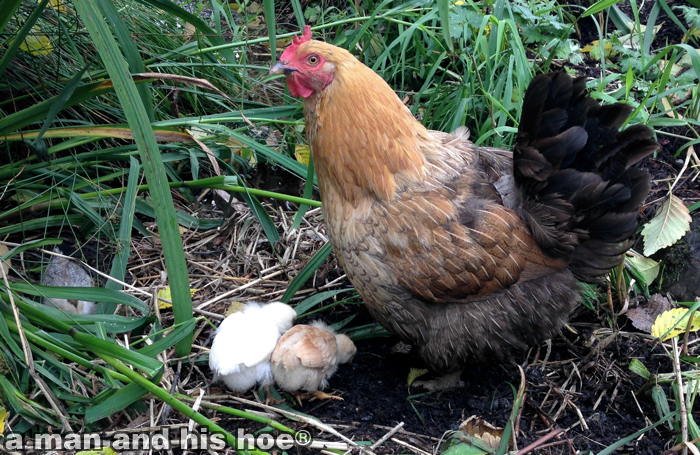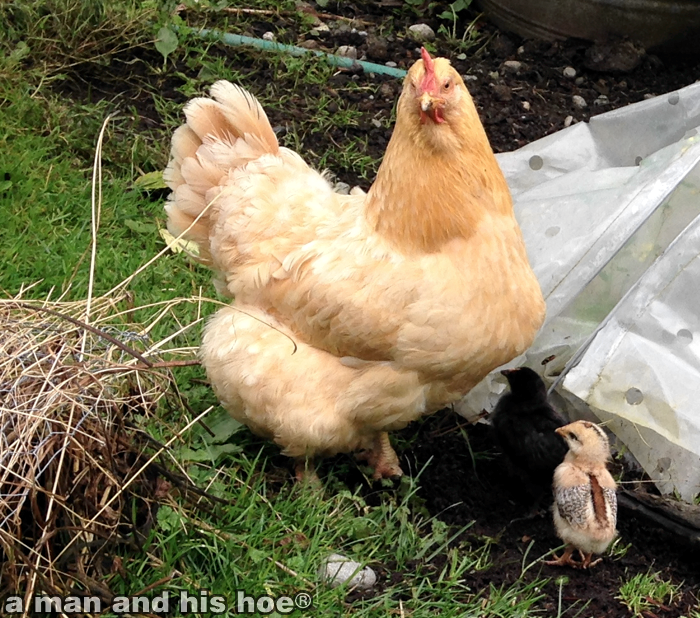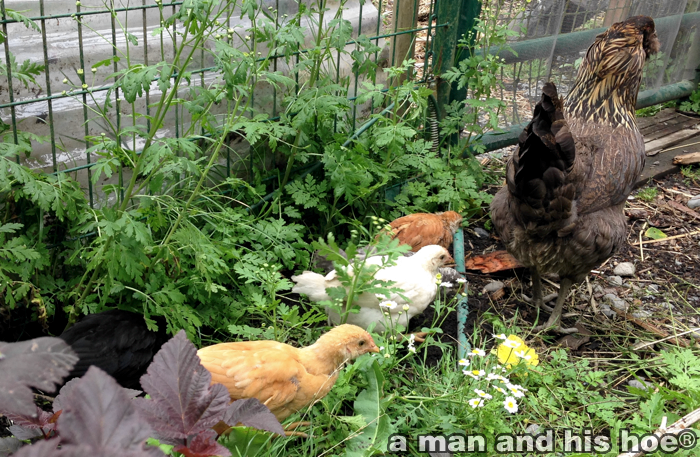It’s the start of garlic season. We’re used to buying garlic in the store, but what does it look like when you go harvest some fresh? Follow the pictures below to see what it looks like coming out of the ground, getting cleaned, peeled and chopped for super.
The garlic sold in stores is first cured (dried) for several weeks to dry the wrappers. And yet garlic is very good fresh out of ground. Garlic which is fresh out of the ground is called wet garlic and difficult to find in stores. If you’d like to purchase some fresh garlic, grown without any herbicides or pesticides, feel free to let me know by filling out the form below or by calling 360-202-0386. I’m selling it for $5 a pound.
[contact-form to=’theman@amanandhishoe.com’ subject=’Garlic Request’][contact-field label=’Name’ type=’name’ required=’1’/][contact-field label=’Email’ type=’email’ required=’1’/][contact-field label=’Garlic Request’ type=’textarea’ required=’1’/][/contact-form]

